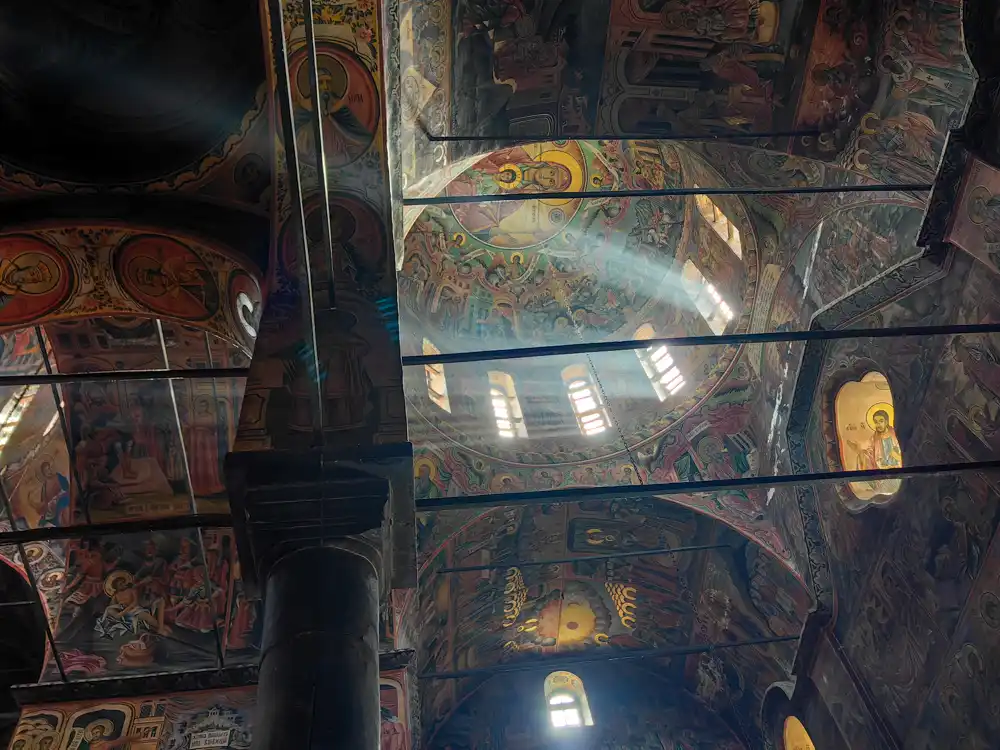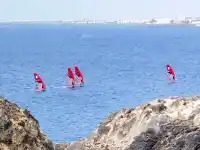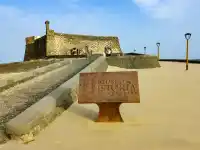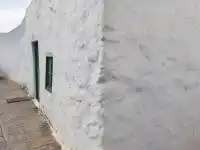On our last trip to Bulgaria, Johny and I decided to explore the Orthodox landmarks and visit the churches of Sofia. The plan sounded innocent enough: Boyana, Rila Monastery, Alexander Nevsky, Saint Sofia.
We had no idea we’d step into a time warp where medieval spirituality blends with instant tourism, and holy relics sit just steps away from Russian fur hats, Bolshevik badges, Nazi swastikas, and magnets made in China.
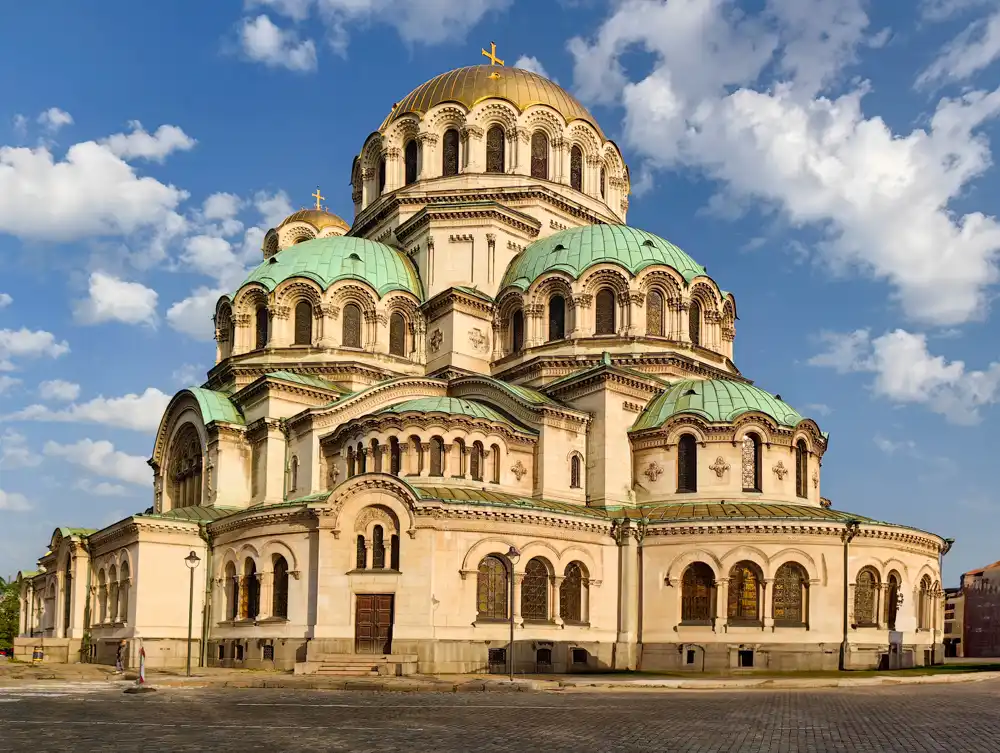
Boyana: A Small Church, Big Frescoes, and an Even Bigger Queue
UNESCO says: go there. Reality forgets to mention you’ll need to hike to this modest structure on Sofia’s outskirts. Entry is by groups of ten. Wait time? Depends on whether a busload from Serbia or pensioners from Warsaw has just arrived. But even the entrance gate of the temple suggests how insistently people tried to get inside.
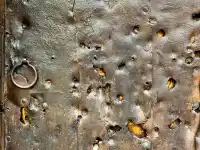
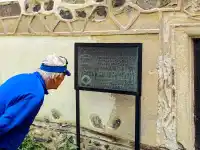

Inside, a guide with a sparkle in his eye delivers a monologue about frescoes that “were 200 years ahead of their time.” The group barely listens, all wrestling with the “no flash” photo policy. But in the final arch, we experience real mysticism. A sense of inner calm settles in. The Last Supper fresco in Boyana is genuinely remarkable and revolutionary — the only known one where, instead of the apostles lined up like in Da Vinci’s depiction, the figures gather dynamically around an oval table.
Rila Monastery: Spirituality with Parking and Fridge Magnets
We head into the Rila Mountains. The monastery welcomes us monumentally, with incense—and, unexpectedly, grilled sausages. Monks, tourists, selfie sticks, and suddenly, Johny nearly bumps into a monk carrying a tray of souvenirs.

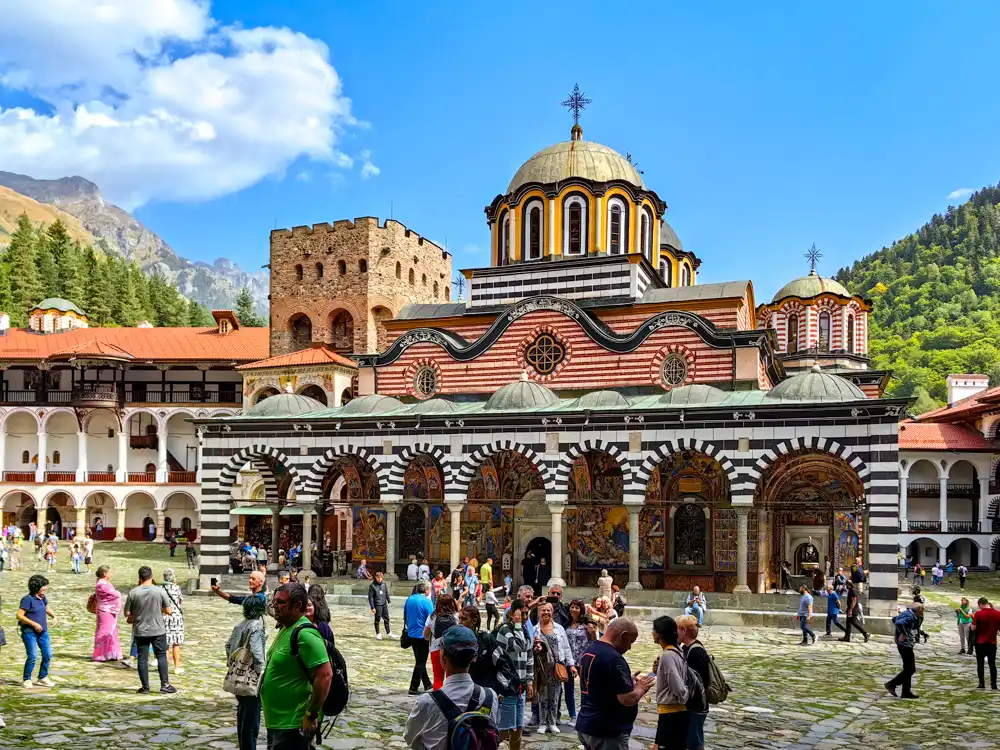


We begin the visit in true fashion—by looking for a restroom. Then our guide leads us to the relics of Saint Ivan of Rila, said to be so devout that even Hungarian King Béla III visited him in the 12th century to cure a lung disease. The king prayed with the saint in a nearby cave and miraculously recovered within months. Well, no wonder—Rila’s air is among the cleanest in Europe and the area is known for its climate therapy, especially for asthma and pulmonary illnesses. (Think of it as Bulgaria’s High Tatras.) As a thank-you, Béla III donated land and riches to the monastery, helping shape its current form and strengthen the cult of Saint Ivan.


The monastery survived Ottoman rule and even communism—thanks, oddly enough, to Lyudmila Zhivkova, daughter of communist leader Todor Zhivkov. Fascinated by mysticism, she served as Minister of Culture (1975–1981) and ensured Rila was preserved and even renovated.
Today, it faces a different kind of invasion—tourists and selfies.


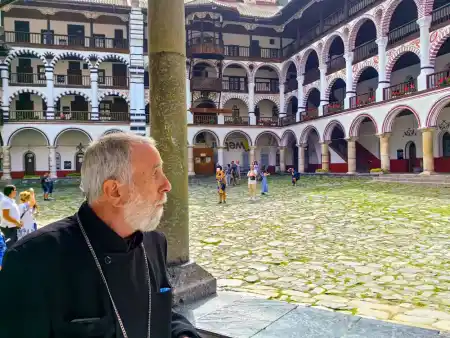
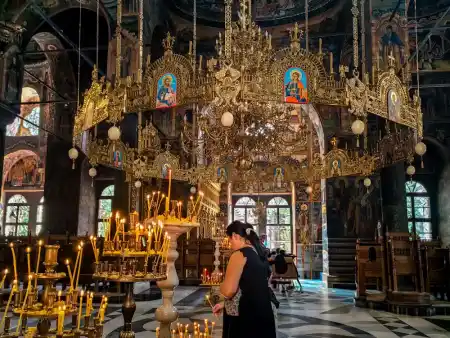
To Be a Saint? No, Thanks
We peek into the iconostasis and see relics of saints—dried bones of Saint Ivan, chopped up and scattered in altars from Sofia to Istanbul and Budapest. Why place one holy foot in one church when you can spread it across seven? Johny, imagining his remains split among four countries, sighs: “I’d rather not be a saint.”
Alexander Nevsky Cathedral: National Pride in XXL
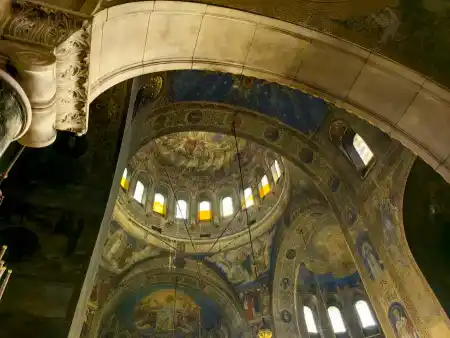
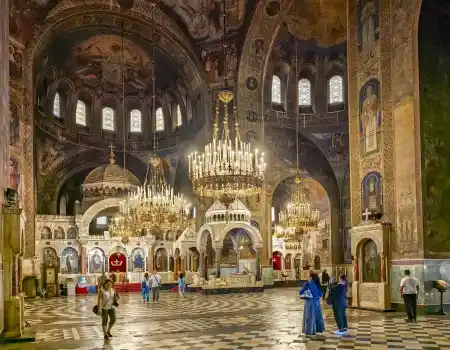
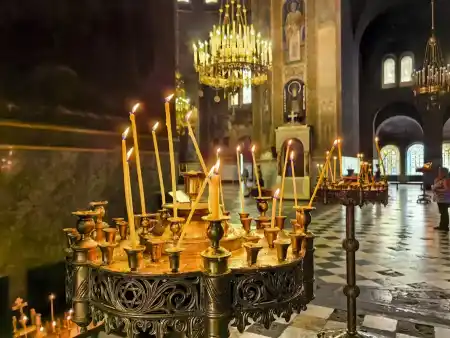
In the heart of Sofia, this cathedral shines like a monument visible from space. It’s built for grand weddings, state funerals, and silent admiration of its towering ceiling—high as a panelák apartment block. Gold, mosaics, history, hundreds of lit candles… and thousands of visitors each day. Come at dusk and listen to Orthodox chants echoing through the dark domes—you’ll feel something special.
Despite its grandeur, the cathedral is relatively young. It was built in memory of the Bulgarian soldiers who died in the Russo-Turkish War of 1877–1878. Yes, those Russians again.
Just a short walk away, though, lies an older gem—one that gave Sofia its name.
Saint Sofia Basilica: The Quiet Mother in the Shadow of Big Children
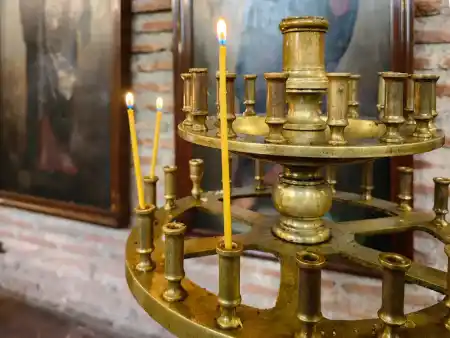
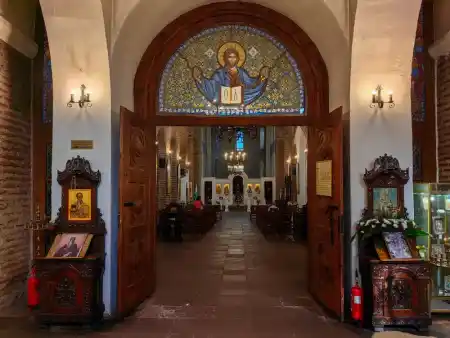

Just steps from Nevsky stands the modest basilica of Saint Sofia, dating from the 4th–6th century. Simpler, older, and stronger in spirit. It’s linked to key historical events, including the Council of Sardica in 343. The church gave the city its name and survived both Ottoman mosques and a return to Christianity.
Churches of Sofia: Mysticism and Merch
Churches of Sofia aren’t just about faith—they’re about memory, endurance, compromise, and today, commerce. Just beyond Alexander Nevsky’s park lies a flea market of divine diversity. Angels, crosses, faux monstrances, Bulgarian embroidery, tablecloths, kitschy icons, and the unavoidable Bulgarian rose (perfume that lingers for days). Plus old cameras, watches, uniforms, matryoshkas, Soviet fur hats, pins—and, yes, Hitler swastikas. Everything.
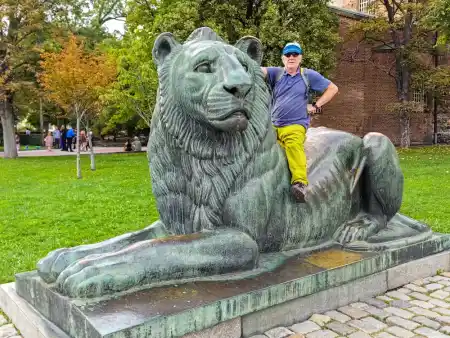
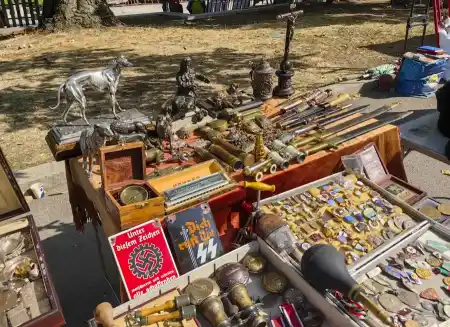

Johny finds a beautiful vendor and a beautiful stone for 20 leva. He has only 15. After some haggling, they agree he’ll come back tomorrow. I warn the artist—Johny’s not young anymore, and his lifestyle… he might not make it to tomorrow. As it turns out, we never made it back to the stall.
There are places where prayer mingles with marketing, incense with the marketplace, and the spiritual merges with the tourist experience… Johnny and I agreed that even if tourism sometimes turns it all into a kind of sacred Disneyland, something still touched us. Maybe it was the frescoes, maybe the liturgy, or maybe just the silence.
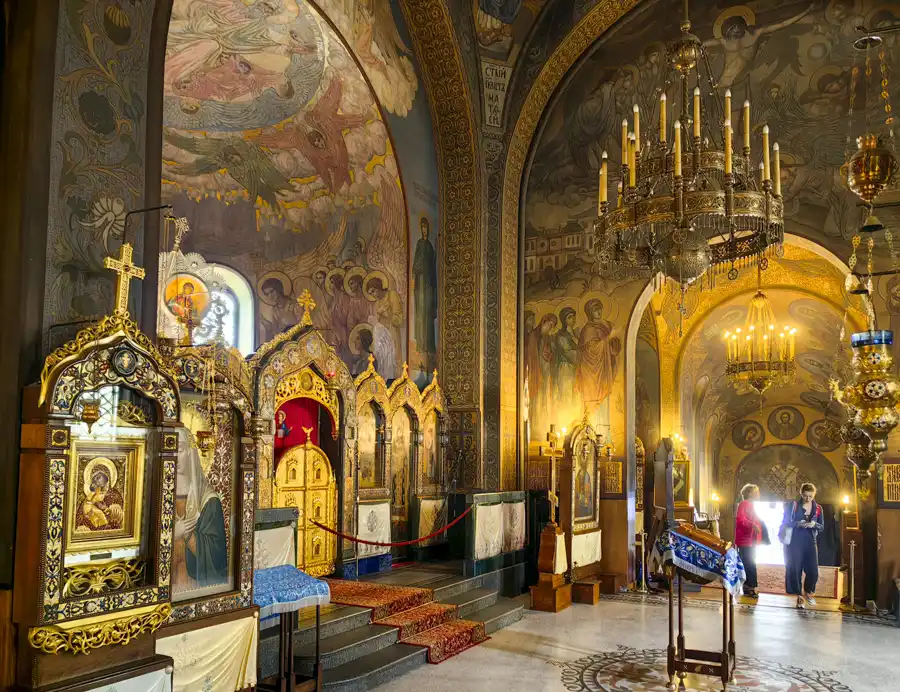
We had also visited the Church of St. Nicholas the Miracle-Maker, known as the Russian Church. Tried to simply asked one of the priests whether he felt sorrow for the hundreds of thousands of victims on both the Russian and Ukrainian sides. We didn’t get an answer. Instead, two gentlemen politely but firmly showed us the way out. I’m not sure why.
Still, it’s a pity about that stone. She really was kind.

